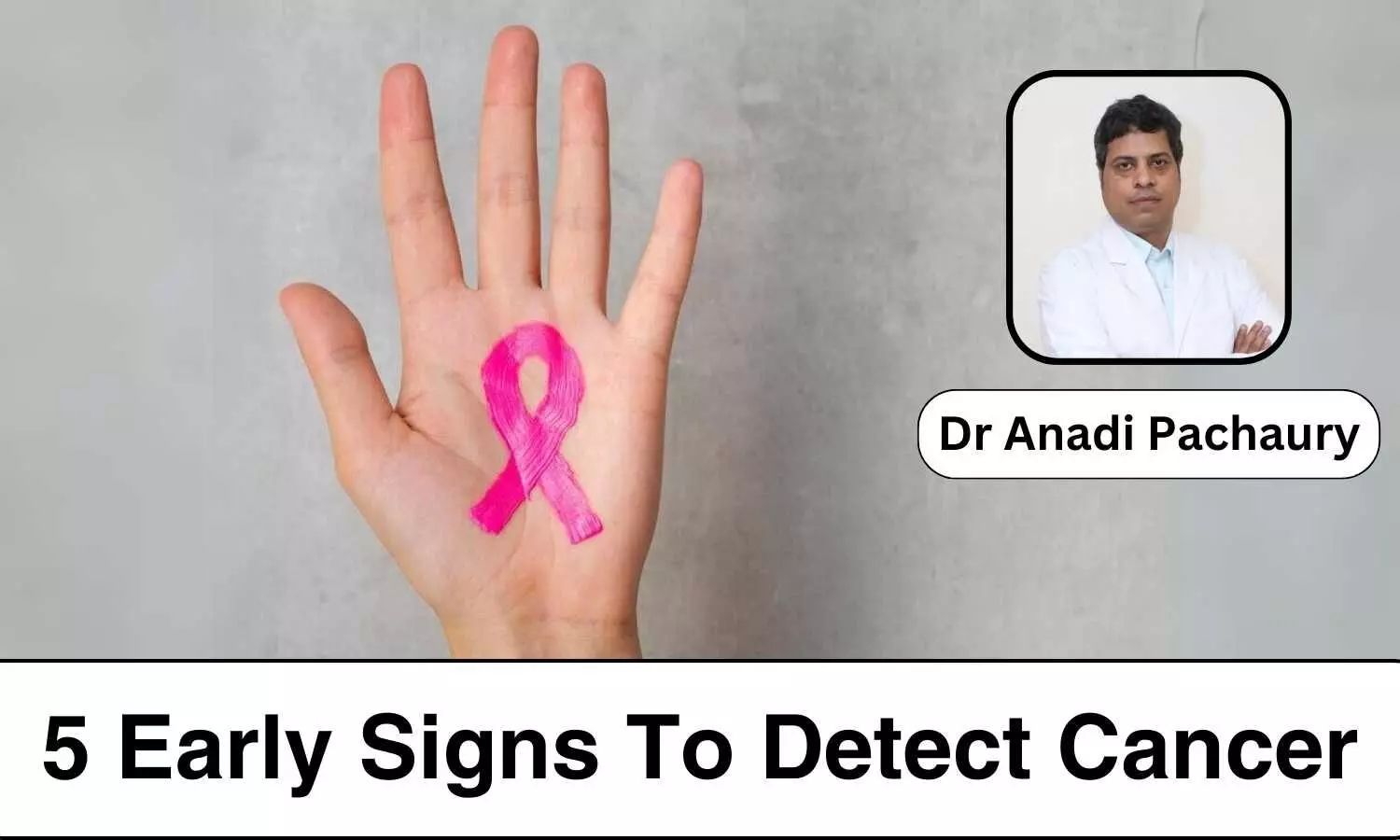Health – Demerara Waves Online News- Guyana
Stevedore supervisor dies in accident on John Fernandes Limited wharf
1 year 9 months ago
Business, Health, News
Medical News, Health News Latest, Medical News Today - Medical Dialogues |
5 Early Signs to Know about Different Types of Cancer -Dr Anadi Pachaury
1 year 9 months ago
Blog,News,Health Dialogues
Carriacou and Petite Martinique Action Committee supports Princess Royal Hospital
1 year 9 months ago
Carriacou & Petite Martinique, Health, PRESS RELEASE, carriacou and petite martinique action committee, marissa mclawrence, matthias mills, ministry of carriacou and petite martinique affairs, princess royal hospital, tevin andrews
STAT+: The lone Democrat willing to weaken Medicare’s power to negotiate drug prices
1 year 9 months ago
Politics, CMS, Congress, drug prices, Medicare, STAT+, White House
STAT+: Diabetes treatments have improperly listed patents that should be removed, analysis finds
1 year 9 months ago
Pharma, Pharmalot, biotechnology, Obesity, patents, STAT+
7 tips to sharpen your brain easily - MSN
- 7 tips to sharpen your brain easily MSN
- Brain Effectiveness Is Yours With These Tips Investor's Business Daily
- Train Your Brain for Long-Term Health BOSS Magazine
- 10 Healthy Habits for Your Brain San Saba News & Star
- Want to boost brain health? Incorporate these 5 activities to enhance cognitive function India TV News
1 year 9 months ago
Two women with heart disease had to fight for a diagnosis. Here’s how they advocated for their health - Fox News
- Two women with heart disease had to fight for a diagnosis. Here’s how they advocated for their health Fox News
- In Good Health: Medical Missteps For Women With Heart Disease : 1A NPR
- Heart attack warning signs and symptoms women should not ignore CBS News
- American Heart Month: Heart attack symptoms not always so obvious in women Turn to 10
- GALLERY: News Channel 3 on-air talent wear red for National Wear Red Day WWMT-TV
1 year 9 months ago
Want to boost brain health? Incorporate these 5 activities to enhance cognitive function - India TV News
- Want to boost brain health? Incorporate these 5 activities to enhance cognitive function India TV News
- Brain Effectiveness Is Yours With These Tips Investor's Business Daily
- 10 Healthy Habits for Your Brain San Saba News & Star
- Train Your Brain for Long-Term Health BOSS Magazine
- 7 tips to sharpen your brain easily msnNOW
1 year 9 months ago
Scientists explain why - Trinidad & Tobago Express Newspapers
- Scientists explain why Trinidad & Tobago Express Newspapers
- New clues to why women have higher risk of autoimmune disorders - STAT STAT
- Why Do Women Have More Autoimmune Diseases? Study Points to X Chromosome The New York Times
- Daily briefing: Autoimmune disease linked to X chromosome Nature.com
- Scientists found a major clue why 4 of 5 autoimmune patients are women The Washington Post
1 year 9 months ago
Health – Demerara Waves Online News- Guyana
UWI School of Medicine to be located in Guyana
1 year 9 months ago
Education, Health, News
Weekend read: Top stories of the week in Health in case you missed them
1 year 9 months ago
Health, mens-health, womens-health, lifestyle, healthy-living, wellness, alzheimers, medications
Health Archives - Barbados Today
Fogging schedule for February 5 – 9
1 year 9 months ago
Health, Local News, News
Medical News, Health News Latest, Medical News Today - Medical Dialogues |
Merck seeks more deals to prepare for Keytruda revenue decline
1 year 9 months ago
News,Industry,Pharma News,Latest Industry News
Medical News, Health News Latest, Medical News Today - Medical Dialogues |
Healthy diet early in life may protect against inflammatory bowel disease later
1 year 9 months ago
Gastroenterology,Diet and Nutrition,Diet and Nutrition News,Gastroenterology News,Latest Medical News
First cases of Covid-19 variants JN.1, JN.5 and JG.3 in Grenada
1 year 9 months ago
Health, acute respiratory infection, caribbean public health agency, carpha, coronavirus, COVID-19, coxsackievirus, dengue fever, linda straker





